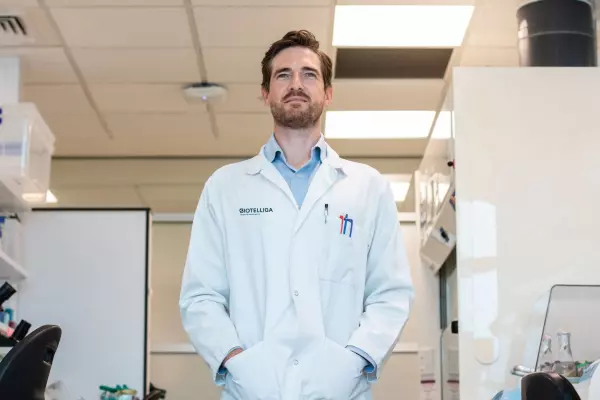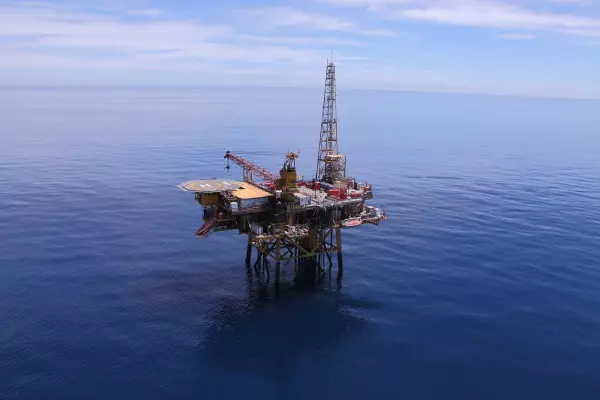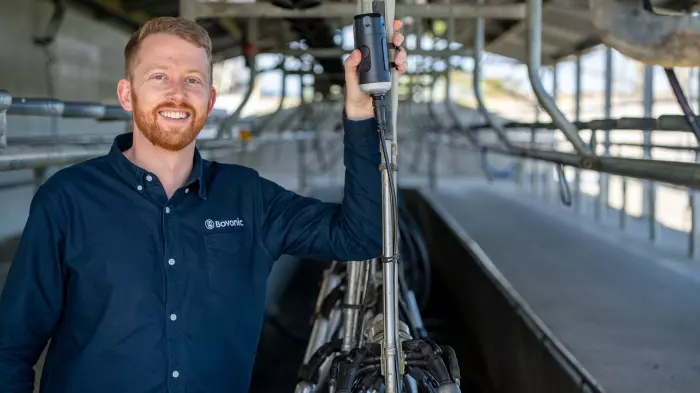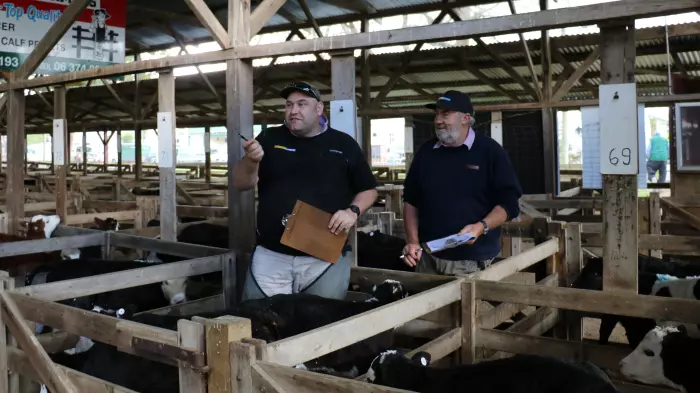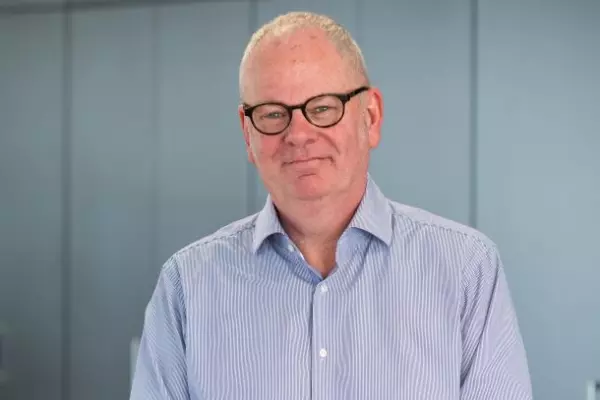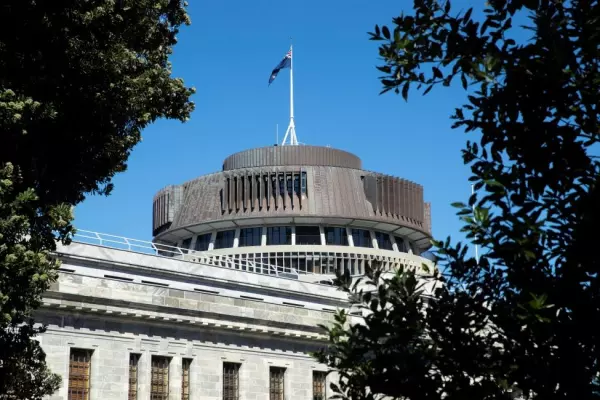Earth scientist Laura Wallace is ready for surprises. They are often what lead to the most interesting discoveries and next questions, she explains.
“Science is process. It’s not something where the outcomes are going to be 100% known,” she told BusinessDesk.
The way Wallace describes science harkens back to the earliest philosophers and great thinkers. They had big questions and sought all-encompassing answers.
Big-picture, blue-skies, future-changing questions are still at the heart of some of New Zealand’s most ambitious science projects, which are funded by a collection of public sector grants known as the Marsden Fund.
The grants are designed to enable New Zealand’s top researchers to lead international, cutting-edge research projects in science, engineering, mathematics, social sciences and the humanities. They’re funded by the Ministry of Business, Innovation and Employment and administered by the Royal Society Te Apārangi.
It’s big money for big ideas - up to $3 million per project over three years, though most grants are less than $1m. When a researcher gets Marsden funding, it makes national news.
Quakes without tremors
Wallace is part of a team trying to figure out why slow earthquakes happen. These quakes, sometimes called silent or slow-motion earthquakes, don’t cause jarring shakes on the surface but instead happen when the earth’s plates slide along one another over a couple of days, weeks or even years. New Zealand is a global hotspot when it comes to these kinds of quakes, she says.
The discovery of these slow earthquakes some 20 years ago unearthed a cascade of questions around what causes earthquakes in general and how these slow earthquakes contribute to the quicker, felt and sometimes-devastating ones that Aotearoa is so familiar with. Answering these questions has kept Wallace, now a scientist with Crown Research Institute GNS Science, busy for more than 10 years.
Her success in learning more about them has been part expertise, part great timing. She came to New Zealand from the US to set up the Geonet network of earthquake sensors. At the same time, the first data about slow earthquakes was coming out of Japan and Canada.
“We thought, ‘Oh, what if we have these slow quakes here? We need to set this network up to be able to detect them’.” Sure enough, about a month after the sensors were in place, they recorded their first slow quake off the coast of Gisborne. “It was all very serendipitous,” she recalls.
In 2020 Wallace and her international team – spanning New Zealand, Japan, the United States and Canada – were awarded nearly $1m spread over three years through a standard Marsden grant.
Studying slow shakes quickly
Wallace’s team is using the money to reveal the physical mechanisms behind these slow quakes. The work could help New Zealand predict when the next big earthquakes could occur.
It’s a big undertaking for a three-year project. “Three years is pretty short actually, especially when you’re doing a lot of data acquisition and analysis.” She is confident they’ll get their data collected and analysed, and then disseminated through a few academic papers.
“There’ll probably be a trickle of papers for a long time,” she says.
Now, two years into the project, Wallace’s team has collected the majority of the data they need, using sensors on land and deep on the ocean floor. The group made four ocean voyages during that time to place and then retrieve the seafloor sensors.
They’re just starting to dig into the data now and hope it might help confirm a theory from one of Wallace’s GNS Science colleagues, seismologist Emily Warren-Smith. She believes that water built up in the fault zone might tip the balance of stability and initiate a slow earthquake. By measuring changes in the fault zone before, during and after the slow quake, Wallace and Warren-Smith hope to test this idea.
New and better questions
Getting answers to some of these questions will likely lead to new ones. That’s one of the big challenges to a three-year funding cycle, says Wallace.
“As often happens, you stumble across new and exciting questions and problems that could then lead into another proposal. The more data that you collect, the more understanding you gain, and the more you realise there’s other things to figure out,” Wallace says. At the end of the project, she’ll need to go through the funding application process again.
And while $1m sounds like a lot, it has to cover hiring a PhD student for three years (roughly $28,000 per year), the salaries of five full-time researchers, and all the costs that go along with deploying their measurement equipment on land and in the ocean.
A large chunk of the grant money research dollar also goes to overheads of the relevant institution - GNS Science in the case of the slow quake work - for things like administration and depreciation of buildings or equipment the team uses. These overheads can be the equivalent of a researcher’s salary or even more.
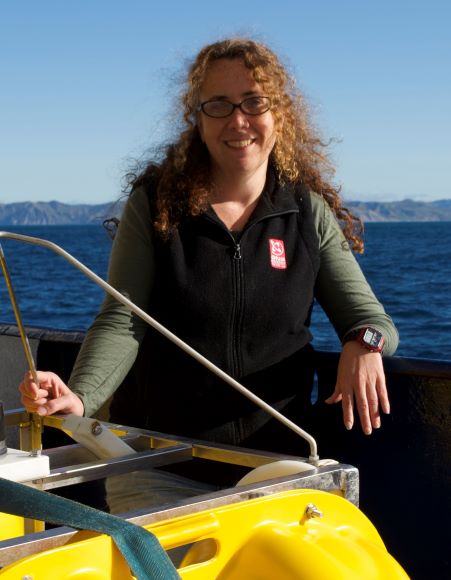 Laura Wallace went to sea for blue-skies research on earthquakes (Image: supplied)
Laura Wallace went to sea for blue-skies research on earthquakes (Image: supplied)The government is now looking at providing base funding, designed to “keep the lights on” at research organisations without relying solely on overhead funding from grants.
Marsden Fund money is hard-fought. Researchers first submit a one-page expression of interest before a group of applicants are selected to submit a full proposal of five or six pages, plus supporting documents. The process takes almost an entire year, with one-pagers due in mid-February and the final, funded projects being announced around November.
Tens of millions each year
Wallace, who has received several Marsden grants in the past, says that although the process is long, it is well organised.
“It does take a lot of time to put a proposal together, but the way they do it works really well because it forces scientists to really hone and crystalise their message.” The skill of succinctly describing her research and its potential is one that Wallace now relishes.
The funds granted by the Marsden Fund have risen over the years. In 2021, the Royal Society Te Apārangi disbursed $82.3m for Marsden projects, compared to $65.2m in 2016 and just $47.5m in 2012. At its peak in 2018, the Marsden Fund gave $85.6m. Funding is projected to drop to around $73m annually by 2024, according to the fund's latest investment plan.
As well as the standard grants, there are also Fast Start grants, where early-career researchers can receive up to $120,000 per year for three years, and the Council Awards, which are aimed at bringing different research teams together to work on collaborative projects for up to $1 million a year for three years.
Wallace says Marsden grants are the primary way for NZ scientists to tackle some of the biggest, most fundamental questions facing the world right now.
Other funding sources may be more focused on a particular subject area or need to have an applied element.
Barely 10% of the more than 1,100 Marsden applications in 2021 were funded. Wallace says comparable programs in the United States might have success rates closer to 15% to 20%.
Grants from the Marsden Fund “are hard to get. It’s really, really tough”, Wallace says.
Next: Why do atomic physics in New Zealand?






